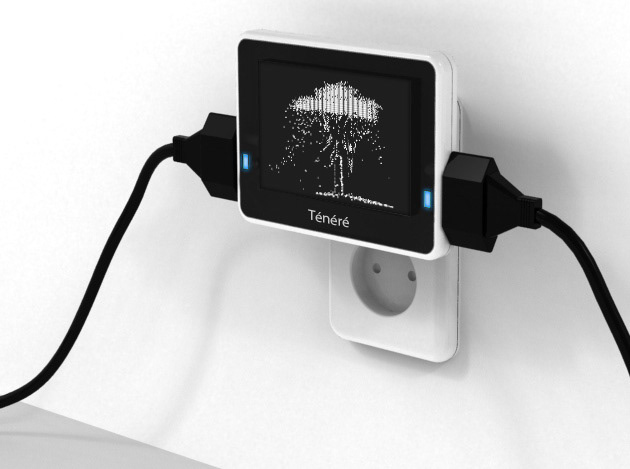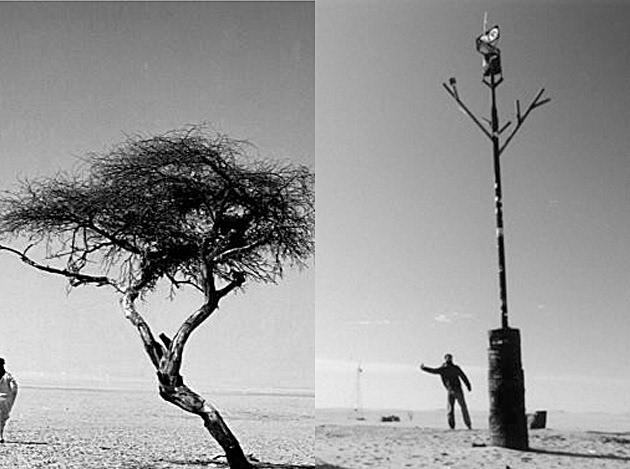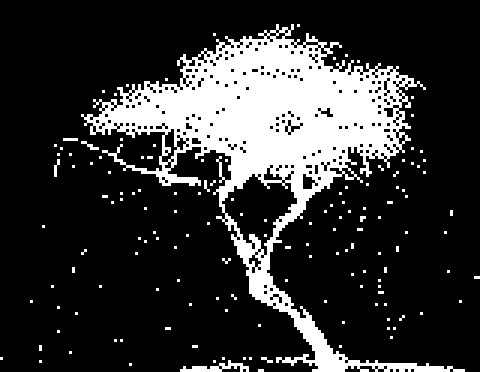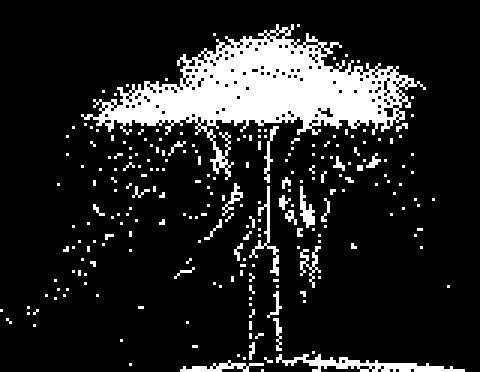




[Description]
We present the Ténéré, electric power extension cords, designed to support people’s energy conservation behaviors. The focus of design solutions was to provide appropriate energy awareness information in meaningful and emotional ways while products are being used. A narrative of tree was used to indicate energy use. The Tree of Tenere was the most isolated tree in the world. The tree is dead now and replace by a tree-like sculpture. It symbolizes the environmental consequences of human activity. When users overuse electricity, the graphics of the tree is transformed to the sculpture. This interactive graphics on the product encourages sustainable behaviors. Users are expected to be impressed and change their energy behaviors. Also we verified narrative-embedding approach is considerable method for industrial design field.
We present the Ténéré, electric power extension cords, designed to support people’s energy conservation behaviors. The focus of design solutions was to provide appropriate energy awareness information in meaningful and emotional ways while products are being used. A narrative of tree was used to indicate energy use. The Tree of Tenere was the most isolated tree in the world. The tree is dead now and replace by a tree-like sculpture. It symbolizes the environmental consequences of human activity. When users overuse electricity, the graphics of the tree is transformed to the sculpture. This interactive graphics on the product encourages sustainable behaviors. Users are expected to be impressed and change their energy behaviors. Also we verified narrative-embedding approach is considerable method for industrial design field.
[Publications]
Kim, JW., Kim, YK., & Nam, TJ. (2009). The ténéré: design for supporting energy conservation behaviors. In CHI '09 Extended Abstracts on Human Factors in Computing Systems (CHI EA '09). Association for Computing Machinery, New York, NY, USA, 2643–2646. https://doi.org/10.1145/1520340.1520372
Kim, JW., Kim, YK., & Nam, TJ. (2009). The ténéré: design for supporting energy conservation behaviors. In CHI '09 Extended Abstracts on Human Factors in Computing Systems (CHI EA '09). Association for Computing Machinery, New York, NY, USA, 2643–2646. https://doi.org/10.1145/1520340.1520372
